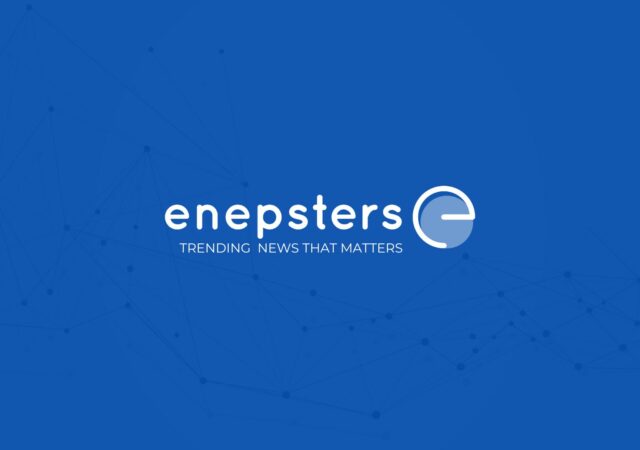When it comes to healthcare, the efficient and secure exchange of medical information is paramount. This is why interoperability is such a key focus in the healthcare industry. A major component in achieving this goal lies within the ePrescribe software.
Understanding how an electronic prescription order system like ePrescribe works can be beneficial in assisting with smooth data management. Let’s look at the inner workings behind an interconnected electronic prescribing system and understand what makes it so vital for quality care delivery!
What is Interoperability and Why Is It Important in Prescribing software?
Interoperability refers to the ability of different systems to work together seamlessly. In the context of prescribing software, interoperability refers to the ability of various healthcare systems to communicate with each other and enable healthcare providers to access and share patient information.
The importance of interoperability in prescribing software cannot be overstated. It ensures that patients receive optimal care by providing medical professionals with accurate and complete information about a patient’s medical history.
This information helps to prevent prescription errors, avoid duplicative tests and procedures, and improve coordination of care. In addition, interoperability reduces the time and effort required by healthcare providers to access and share information, improving efficiency and reducing healthcare costs.
As the healthcare industry becomes increasingly reliant on technology, it is critical to prioritize interoperability in prescribing software to ensure that patients receive the high-quality care they deserve.
Benefits of Interoperability for ePrescribe Software
Interoperability is increasingly becoming a necessary feature of ePrescribe software, highlighting various benefits for healthcare providers and patients alike. By utilizing software that can easily integrate and communicate with other systems, healthcare providers can receive real-time information pertaining to a patient’s medication history, allergies, and insurance coverage.
This saves valuable time and reduces instances of errors or omissions in medical records, ultimately leading to better patient care. Additionally, patients benefit from the convenience of having their prescription information readily available to them and their healthcare providers, leading to a more efficient and accurate prescription process.
Ultimately, the benefits of interoperability for ePrescribe software are clear, and healthcare providers looking to improve their services should consider implementing this technology.
Challenges of Implementing Interoperability Solutions
As the healthcare industry becomes increasingly reliant on technology, interoperability solutions are becoming more necessary. However, implementing these solutions is not without challenges.
One of the most common barriers to interoperability is the lack of standardization across different systems. This can lead to data being transferred incorrectly or not at all.
Additionally, privacy and security must be taken into consideration when sharing patient information between different organizations. To overcome these challenges, healthcare providers must prioritize collaboration and communication with vendors, IT teams, and other stakeholders.
Implementing interoperability solutions may be a complex task, but it is essential for improving patient care and streamlining operations within the industry.
How to Effectively Utilize Data Through Interoperable Systems
In today’s data-driven world, effective utilization of data has become more critical than ever before. With the proliferation of data in almost every sector, it has become increasingly essential to have interoperable systems that allow different systems to communicate seamlessly with one another.
This is where interoperability comes in—the ability of different systems to work together effectively. By implementing interoperable systems, businesses and organizations can streamline workflows, reduce operational errors, and improve overall efficiency.
In addition, interoperability enables the exchange of data between different systems, making it easier to access and analyze valuable information. It is, therefore, crucial for organizations to put in place interoperable systems to get the most out of the data available to them.
The Future of Connectivity in ePrescribe Software
With the rapid advancements in technology, the future of connectivity in ePrescribe software not only looks promising but is also inevitable. Healthcare providers need electronic prescribing of medications to streamline the prescribing process and prevent medication errors.
The future of ePrescribe software will see even better connectivity, resulting in increased efficiency, accuracy, and patient safety. With more integration between different software systems, healthcare providers will be able to access patient data and important clinical information more easily.
Moreover, the future of ePrescribe software will see the implementation of features such as electronic prior authorization and electronic formularies, which will bring significant benefits to the prescribing process. As healthcare providers continue to embrace technology, ePrescribe software will play an increasingly vital role in delivering optimal patient outcomes.
In conclusion, interoperability is an important aspect of prescribing software. By connecting disparate systems through secure data exchange, organizations can unlock numerous benefits and increase efficiency throughout the healthcare system as a whole.







